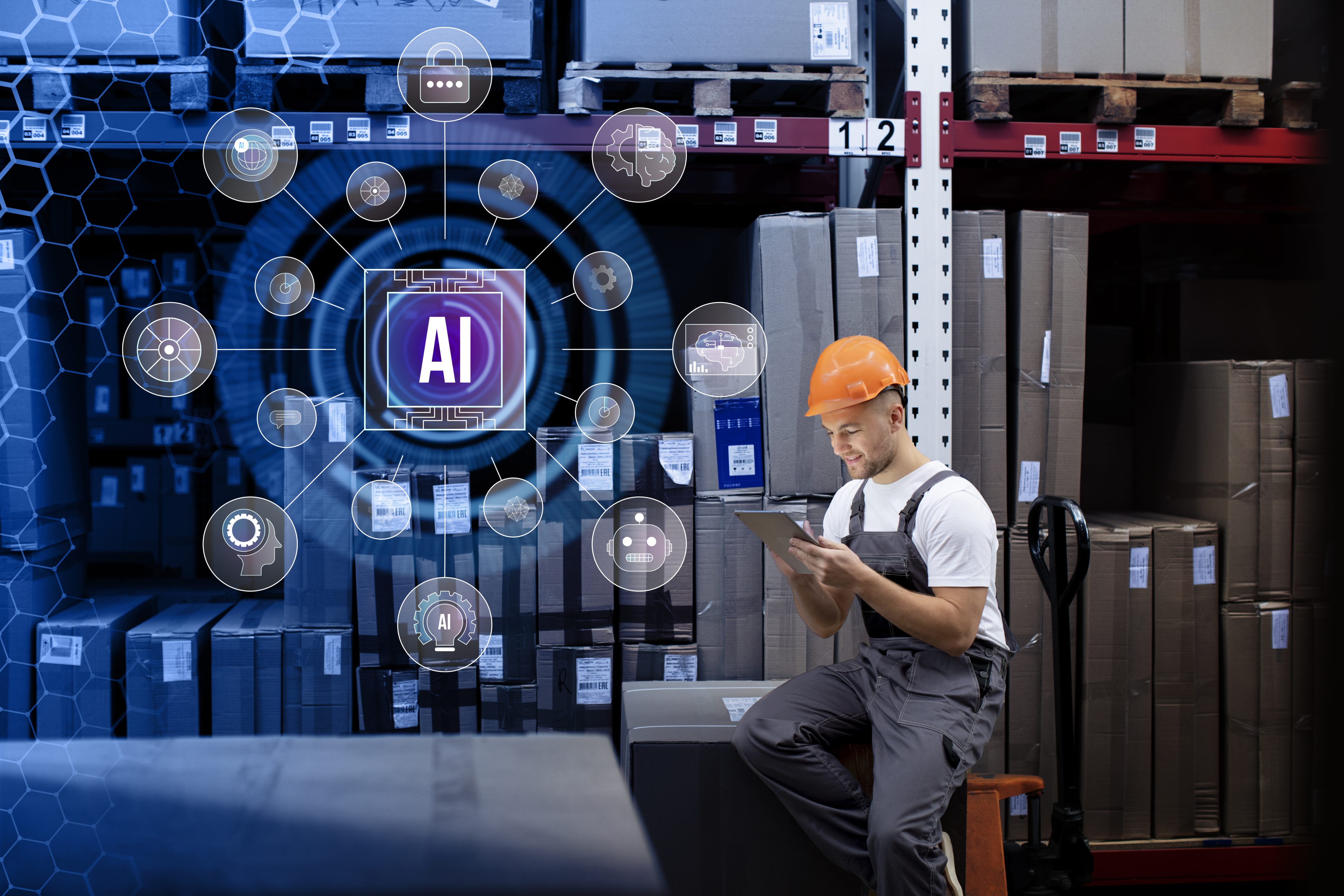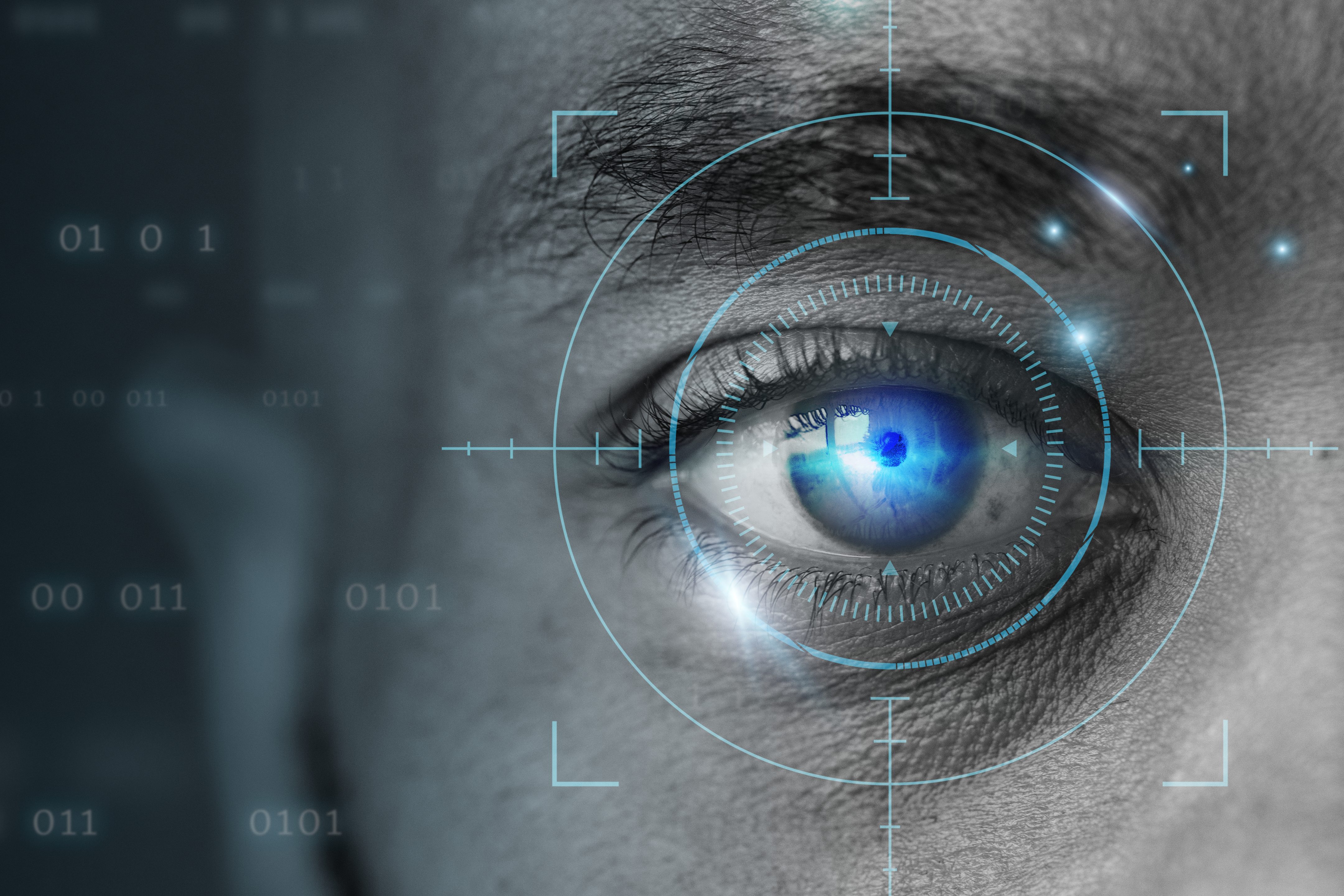Introduction
Welcome to the fascinating world of Multimodal Models! They have emerged as a groundbreaking approach, revolutionizing how machines perceive and understand the world. Combining the strengths of computer vision and Natural Language Processing (NLP), multimodal models open up new possibilities for machines to interact with the environment in a more human-like manner. In this blog post, we’ll explore the concept of multimodal models, understand their significance, and delve into some real-world applications that showcase their transformative potential.

Table of contents
What are Multimodal Models?
At their core, multimodal models are artificial intelligence systems that can process and understand information from multiple modalities, such as images, text, and sometimes audio. Unlike traditional models that focus on a single type of data, they leverage the synergies between different modalities, enabling a more comprehensive understanding of the input. Moreover, a multimodal neural network aims to effectively fuse and utilize information from diverse modalities to enhance overall performance and understanding.
The Magic Behind Multimodal Models
Multimodal models harness the magic of merging diverse data types, seamlessly blending text, images, and more for comprehensive understanding. By fusing information from various sources, these models transcend the limitations of unimodal approaches, enabling richer contextual comprehension. Leveraging techniques like transformers creates a unified representation space where disparate modalities harmoniously coexist.
This synergy empowers AI systems to interpret complex scenarios and enhance performance across various tasks, from language understanding to image recognition. The magic lies in the harmonious integration of heterogeneous data, unveiling new dimensions in artificial intelligence and propelling it into realms of unprecedented capability.
Multimodal Models and Computer Vision
In the realm of computer vision, multimodal models are making significant strides. They are being used to combine visual data with other types of data, such as text or audio, to improve object detection, image classification, and other tasks. By jointly processing diverse modalities, they enhance contextual understanding, making them adept at interpreting complex scenes and nuanced relationships within images. Moreover, they bridges the gap between visual and linguistic understanding, propelling computer vision into a new era of sophistication and versatility.

Multimodal Deep Learning
Deep learning techniques are being leveraged to train multimodal models. These techniques enable the models to learn complex patterns and relationships between data types, enhancing their performance. Also, multimodal machine learning refers to artificial intelligence (AI), where models are designed to process and understand data from multiple modalities. Traditional machine learning models often focus on a single data type, but multimodal models aim to leverage the complementary nature of different modalities to enhance overall performance and understanding.
Key Components of Multimodal Models
Computer Vision
- Multimodal models often incorporate advanced computer vision techniques to extract meaningful information from images or videos.
- Convolutional Neural Networks (CNNs) are crucial in image feature extraction, allowing the model to recognize patterns and objects.
Natural Language Processing (NLP)
- NLP components enable the model to understand and generate human-like text.
- Recurrent Neural Networks (RNNs) and Transformer architectures, like BERT, facilitate language understanding and generation.
Fusion Mechanisms
- The magic happens when information from different modalities is fused together. Fusion mechanisms include concatenation, element-wise addition, or more sophisticated attention mechanisms.
Significance of Multimodal Models:
Enhanced Understanding:
- They provide a more holistic understanding of data by combining visual and textual cues.
- This enables machines to comprehend and respond to content in a way that resembles human perception.
Improved Robustness:
- By processing information from multiple sources, multimodal models are often more robust to variations in input data.
- They can handle ambiguous situations better than unimodal models.
Applications of Multimodal Models:
Image Captioning:
- They excel in generating descriptive captions for images, demonstrating a deep understanding of both visual and textual information.
Visual Question Answering (VQA):
- These models can answer questions about an image, combining visual understanding with natural language processing to provide accurate responses.
Language Translation with Visual Context:
- Integrating visual information into language translation models improves the contextual accuracy of translations.

Challenges in Multimodal Learning
Multimodal learning confronts challenges rooted in data heterogeneity, model complexity, and interpretability. Integrating diverse data types requires overcoming discrepancies in scale, format, and inherent biases across modalities. The intricate fusion of textual and visual information demands intricate model architectures, increasing computational demands.
Additionally, ensuring interpretability remains challenging, as understanding the nuanced interactions between different modalities is complex. Achieving robust performance across varied tasks poses a further hurdle, demanding careful optimization. Despite these challenges, the potential for comprehensive understanding across modalities propels research and innovation, aiming to unlock the full capabilities of multimodal learning in artificial intelligence.
Conclusion
Multimodal models are revolutionizing the field of AI with their ability to process and integrate data from different modalities. They hold immense potential, with applications in various fields. However, they also pose several challenges that need to be addressed. As we continue to explore and understand these models, we can look forward to exciting developments in multimodal learning. So, stay tuned for more updates on this fascinating topic!
Are you interested in learning about Machine Learning? If yes, check out our advanced courses on Machine learning today!




